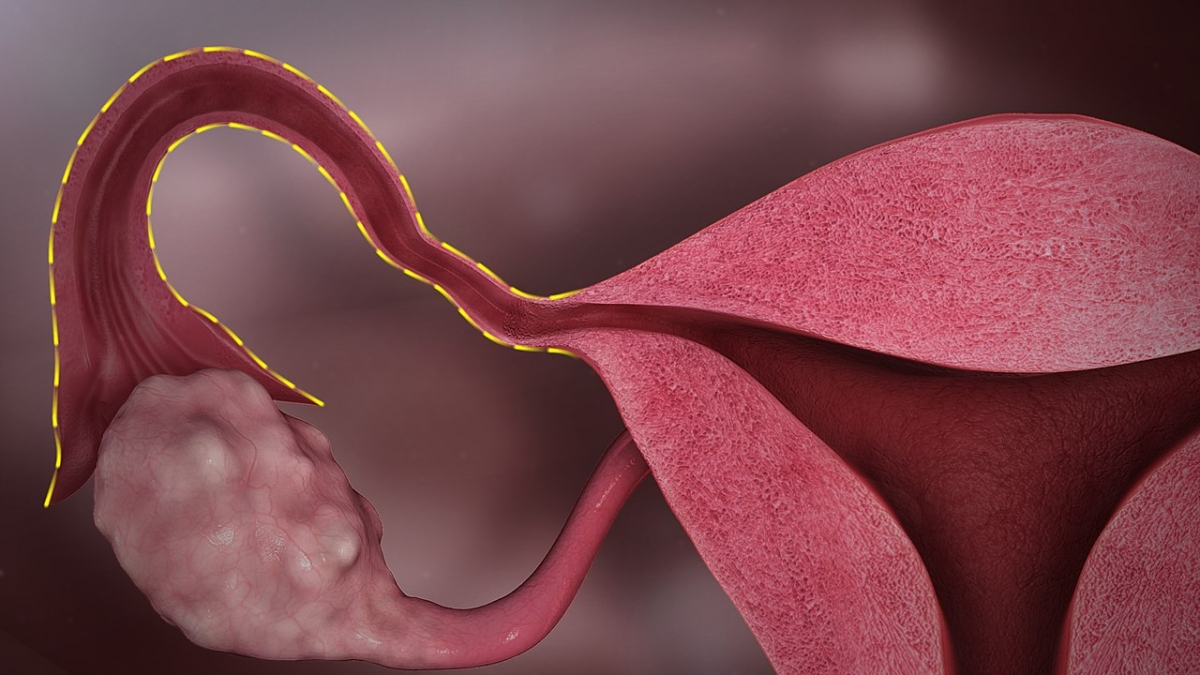Mention fertility treatment, and most peoples' mind will jump straight to IVF these days. There is, of course, quite a wide range of assisted reproduction techniques around, ranging from intrauterine insemination to ICSI, in which one single sperm is injected into one egg. Have you heard about ZIFT?

What is ZIFT?
ZIFT stands for zygote intra-fallopian transfer. Like with IVF invitro fertilization egg and sperm come together in a lab setting, after which the resulting zygote is placed inside the body of the woman who is intending to carry the pregnancy. With IVF, that zygote (fertilized egg) is placed in the woman's uterus. ZIFT fertility treatment places the zygote in one of the woman's fallopian tubes, leaving it to make its own way to the uterus.
How is ZIFT performed?
The initial steps of the ZIFT process are identical to IVF; induction of hyperovulation and collection of eggs, collection of sperm, and placing the two together in a petri dish. Following those steps, the resulting zygote is placed inside the woman's selection fallopian tube through laparoscopy. One ZIFT cycle takes around five weeks from start to finish.
Why haven't I heard of ZIFT?
Lots of women need IVF because their fallopian tubes were blocked, scarred, or damaged for a variety of medical reasons. ZIFT is not suitable for women with such conditions. And, ZIFT doesn't just require the zygote to travel further, from the fallopian tubes to the uterus, than with IVF... it also means an extra hurdle to actually get the fertilized egg to the tube, namely the laparoscopic procedure.
Studies have shown that IVF has the same chances for success as ZIFT or, as of 2004, better success rates. This leaves few couples who would choose to undergo zygote intra-fallopian transfer. ZIFT may still be a good option for couples who have experienced failure of other assisted reproduction techniques.
- www.cdc.gov/art/pdf/2012-report/national-summary/art_2012_national_summary_report.pdf
- www.cdc.gov/art/pdf/2015-report/ART-2015-National-Summary-Report.pdf
- Photo courtesy of http://www.scientificanimations.com via Wikimedia Commons: commons.wikimedia.org/wiki/File:Fallopian_tube.jpg







_f_280x120.jpg)









Your thoughts on this
Loading...